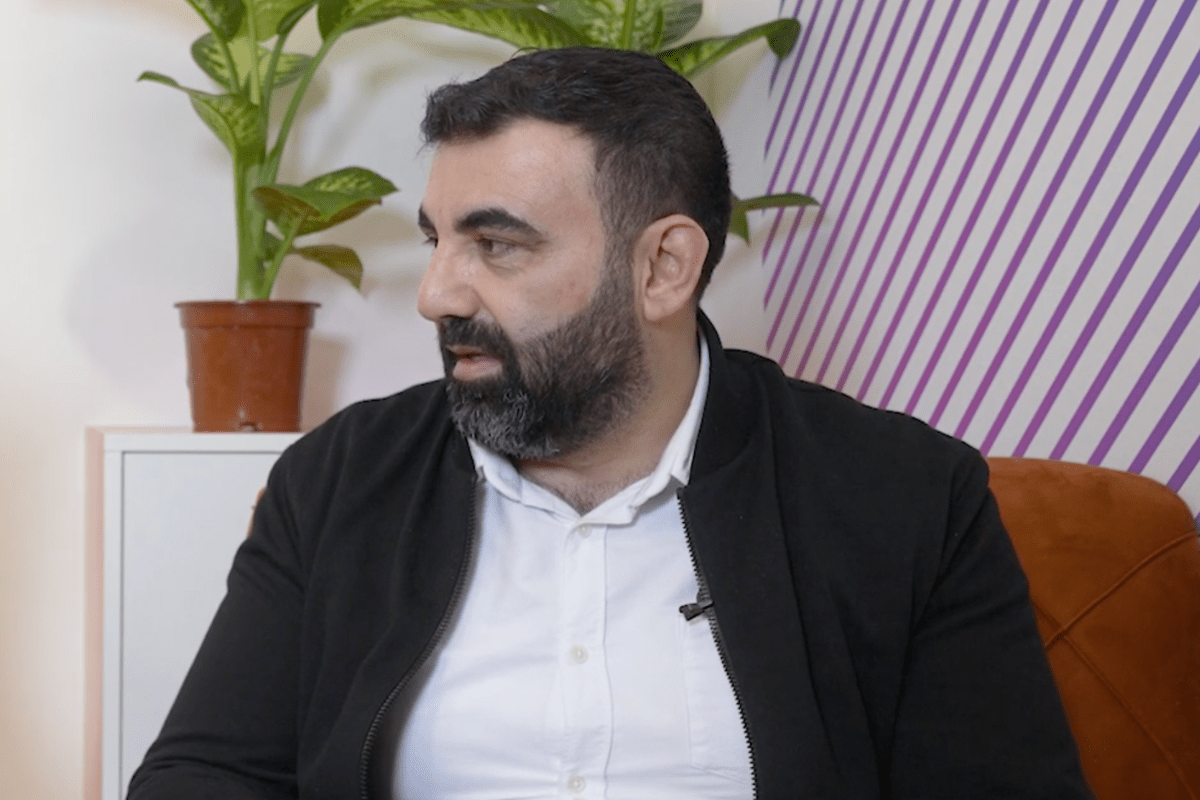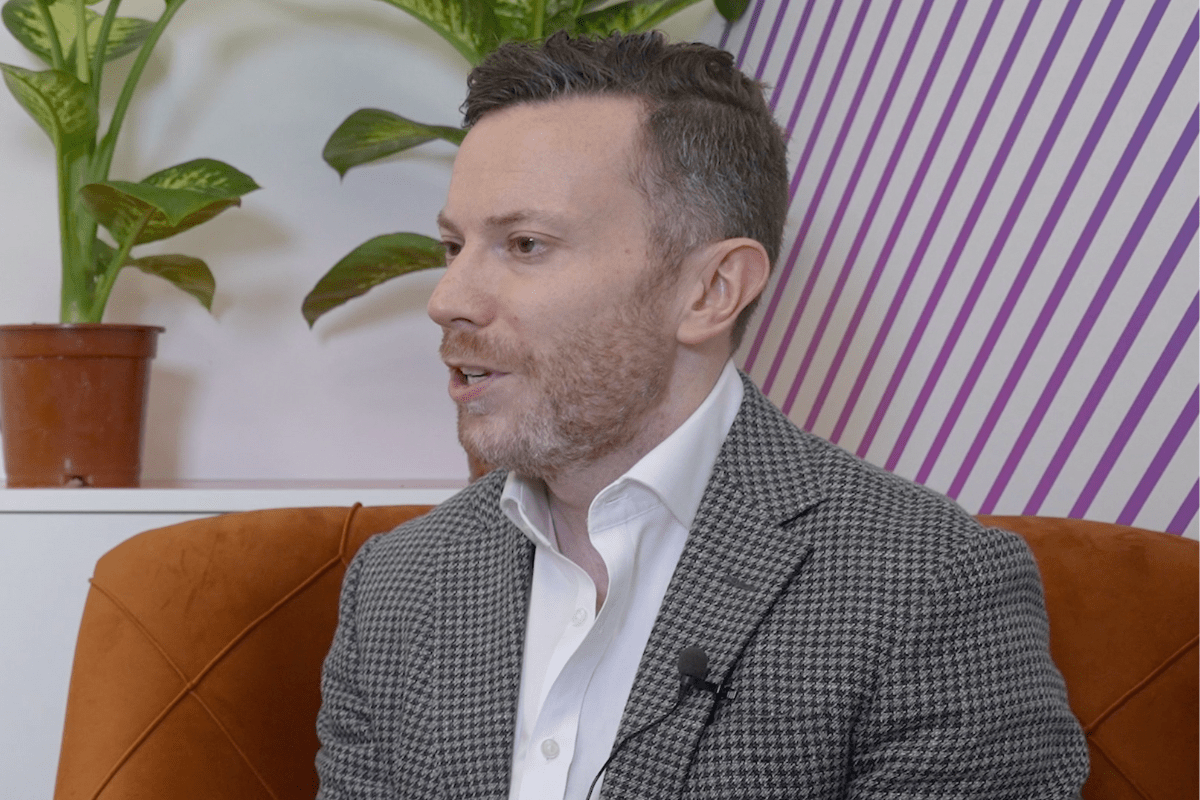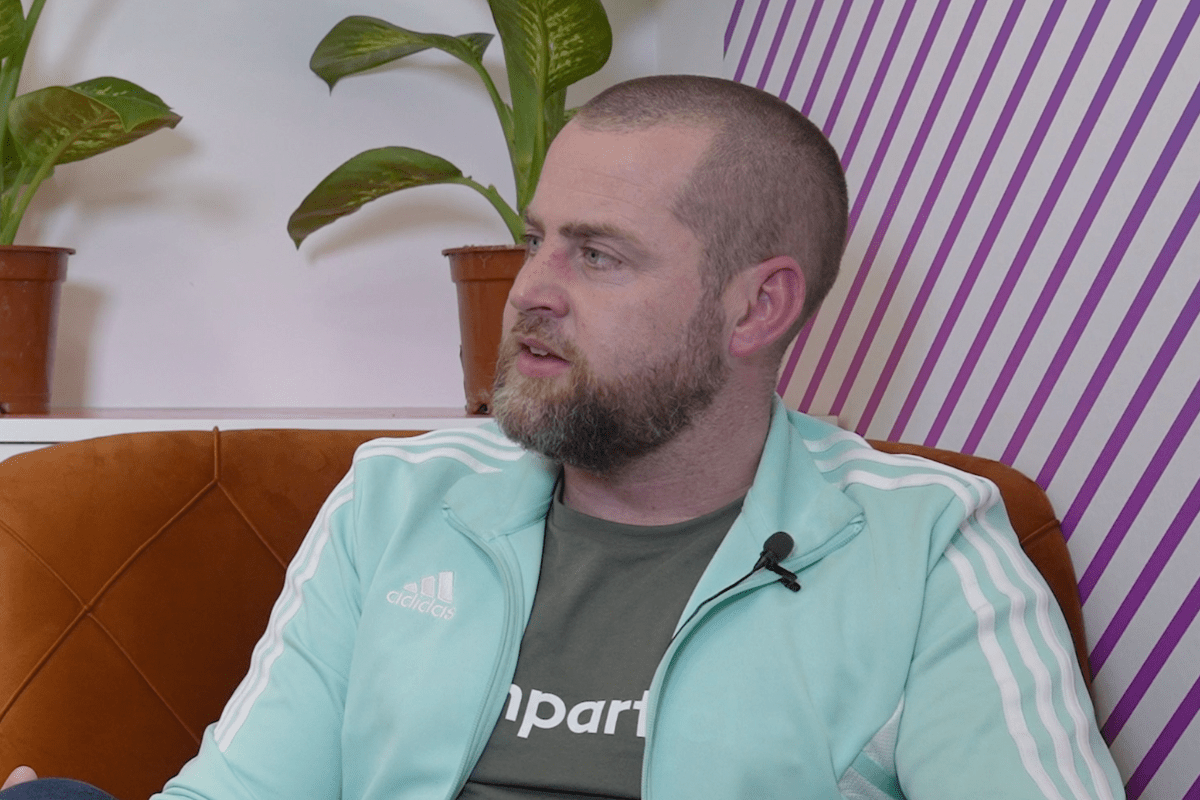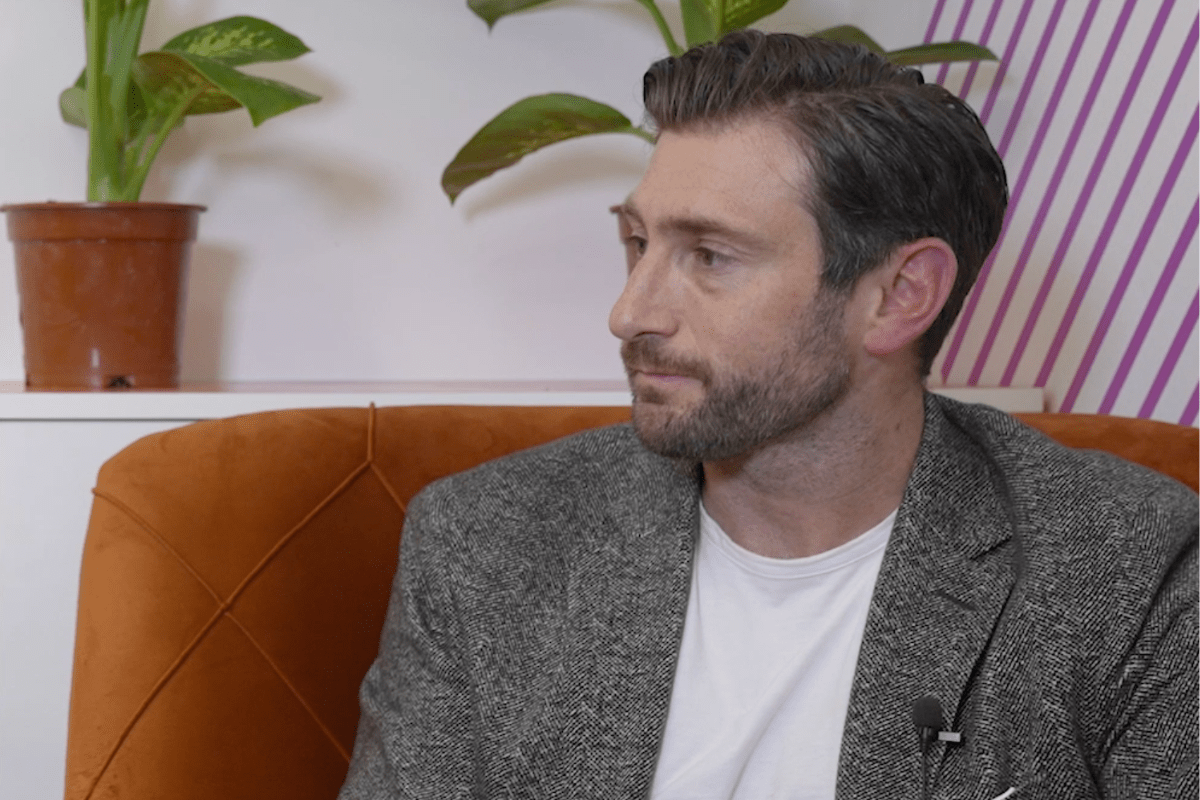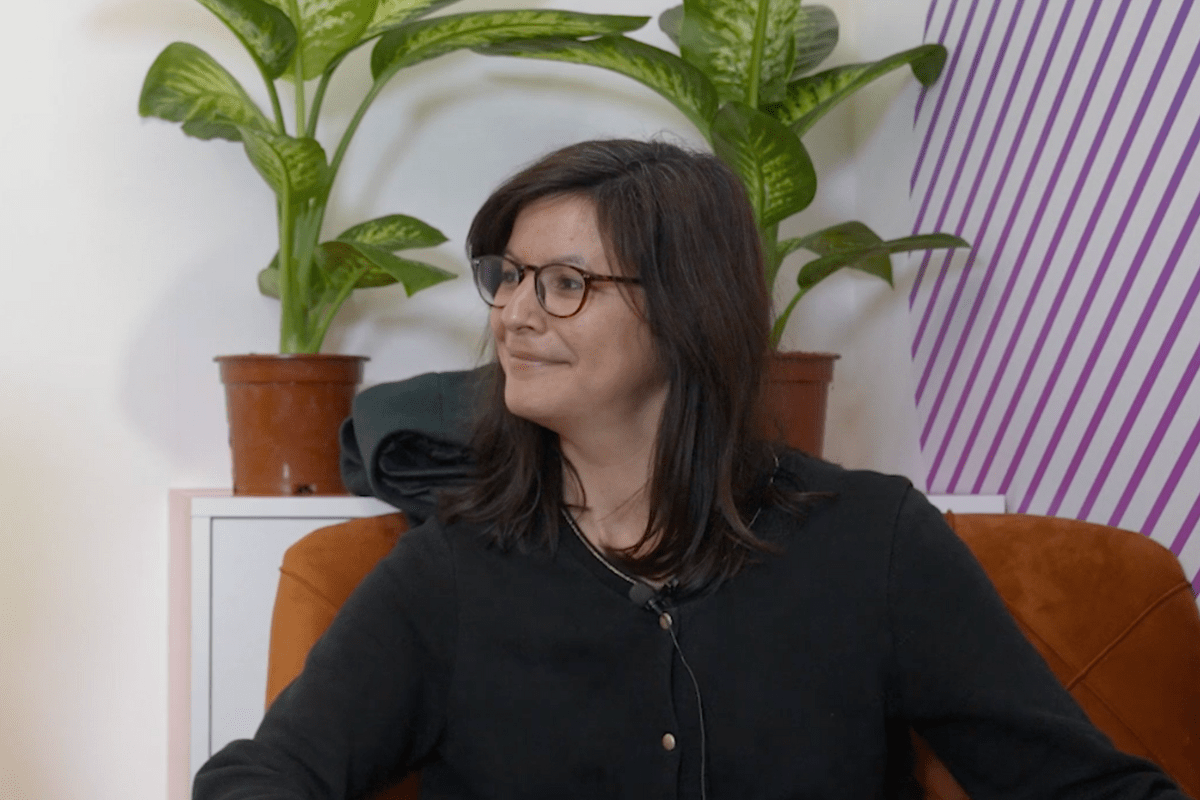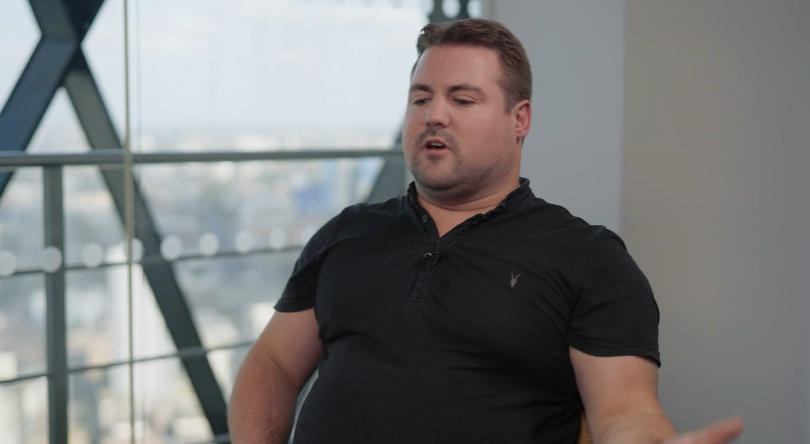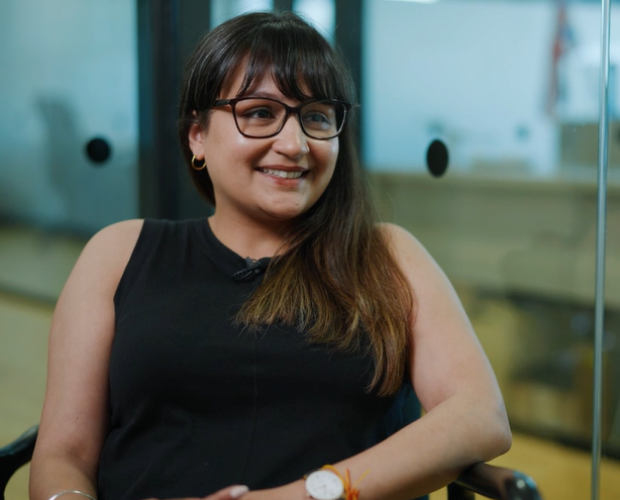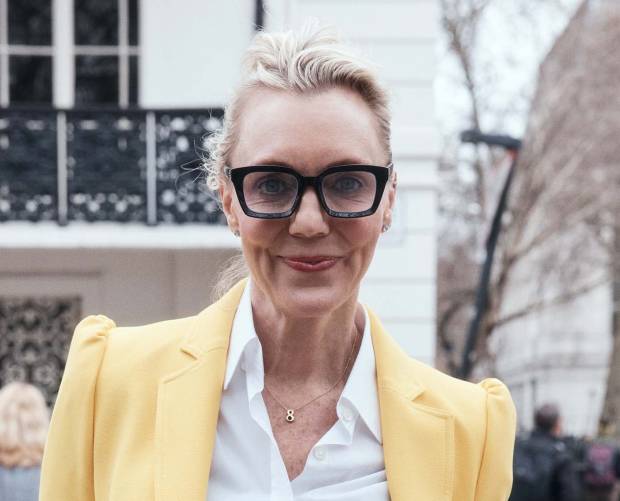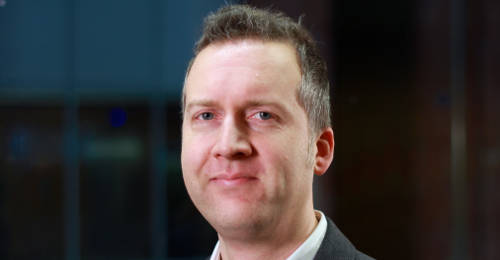 David Murphy talks DM and mobile with Pete Markey, who recently left his role as brand communications and marketing director at Aviva and will shortly take up the role of marketing director at TSB.
David Murphy talks DM and mobile with Pete Markey, who recently left his role as brand communications and marketing director at Aviva and will shortly take up the role of marketing director at TSB.
MM: You said in your presentation just now (at a conference hosted by DataIQ) that direct mail (DM) is still key to the mix – is that for a non-digital demographic or for everyone?
PM: Direct mail is great for time-sensitive communications, when there is a set date or renewal date for something like insurance, for example. DM is still really effective here because there is less direct mail now and the quality of it is better; it’s more of a special thing when it arrives, especially if it’s of some significance to you, and when it’s data-driven.
MM: And back in the days before digital, the experts always used to say that DM was good for higher value items too, something like a car, does that still hold true?
PM: I think it depends whether it’s relevant or not. If you get a random brochure for a car that you’re not in the market for, it’s not particularly helpful. But equally, I believe in taking the online experience offline if needs be, so if I’ve been on the BMW website and looked at an X5 and then a brochure for it arrives through my letterbox, that’s a smart move. And then it’s a case of how personalised can you make it, so if I was looking at a red BMW with brown leather seats and that’s on the cover of the brochure that I receive, tailored to me, it has more meaning and more impact. Speed is also important – at Aviva we were experimenting with triggering printed communications to follow up a digital interaction at speed.
MM: We hear all the time about the shift to mobile in terms of more traffic to websites from mobile devices and increased engagement with apps. Has this been your experience?
PM: Indeed. This is massively important. In my last two roles at Aviva and the Post Office, mobile had become a significant part of the mix as we saw more people using the MyAviva app, for example. Also, when we moved our media mix towards social and content at Aviva, initially we did not optimise for mobile enough, but with our last couple of campaigns, working with Facebook, we did optimise for mobile, putting subtitles on our video content, rather than relying on people listening to it, and also producing videos in a format that worked for mobile.
It became a significant channel for us, as we learned that we needed to design something for the environment it was going into. Too many people just slap content made for other media onto mobile, as opposed to producing something specifically for mobile; that was a key learning for Aviva.
MM: For some companies – games, gambling – mobile is a big part of their user acquisition strategy, they are often spoken of as mobile-first companies. Mainstream brands, people tell me, are less mobile-first. To what extent do you use mobile as an acquisition channel through things like mobile advertising?
PM: It is an important part of the sales mix. One thing Aviva is wrestling with, and [Aviva Group CEO] Mark Wilson has gone on record to talk about this, is cutting the number of questions people have to answer to get an insurance policy. They want to get to the point where they can use big data from people like Zoopla etc., to answer some of the questions, so that we get to the point where you don’t need to ask any questions.
Mobile is all about speed and immediacy, which is what Amazon does so well. Financial services companies have to go on a journey where it’s easier to transact; there are too many hoops to go through currently. Mobile payments is part of that. It’s all about removing barriers, and contactless and mobile payments can help to make things more frictionless.
MM: There’s a lot of disruption in fintech right now, companies like Atom Bank trying to cut out some of the middlemen. How do you think the established players like TSB are reacting to this?
PM: TSB set out to be a challenger brand five years ago. The advantage this gives you is that the values of being a challenger are in the DNA of the business, so while people might say the business has been around a while, it is a challenger brand and has one of the strongest propositions.
Speaking more generally, if I look at Atom, I think if I were Barclays or Lloyds I would look at them and think: ‘why not buy something like that?’ So I think some of the startups will get bought by the bigger banks. They are buying the capability, the technology and the customer base, so I think Atom is perfectly placed to be bought by a Barclays or a Lloyds.




